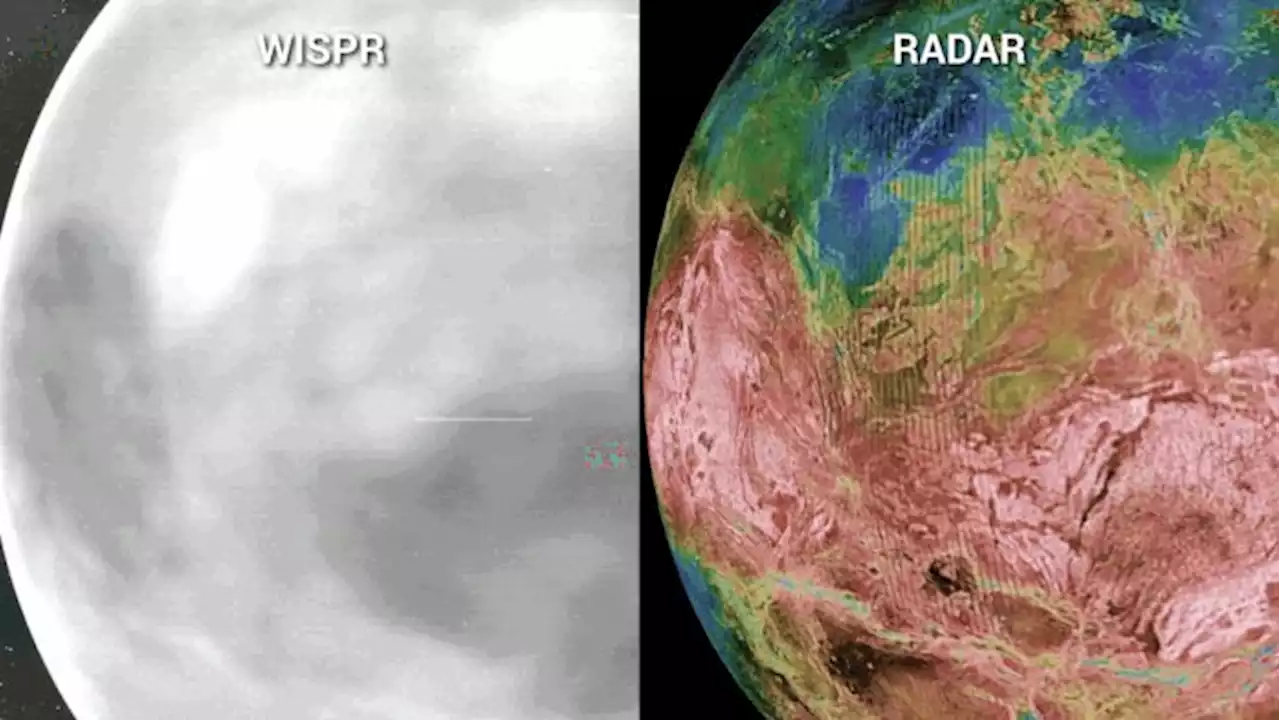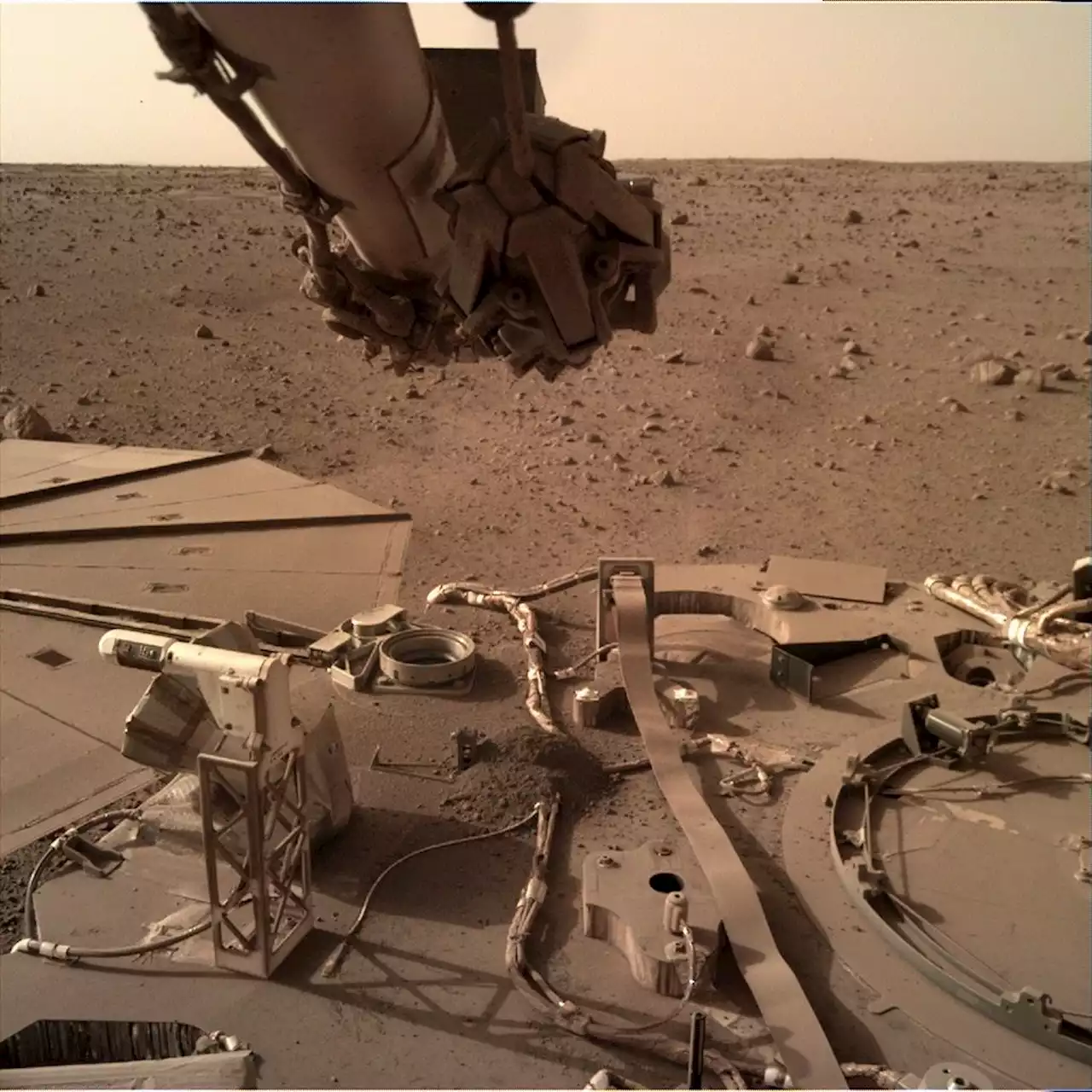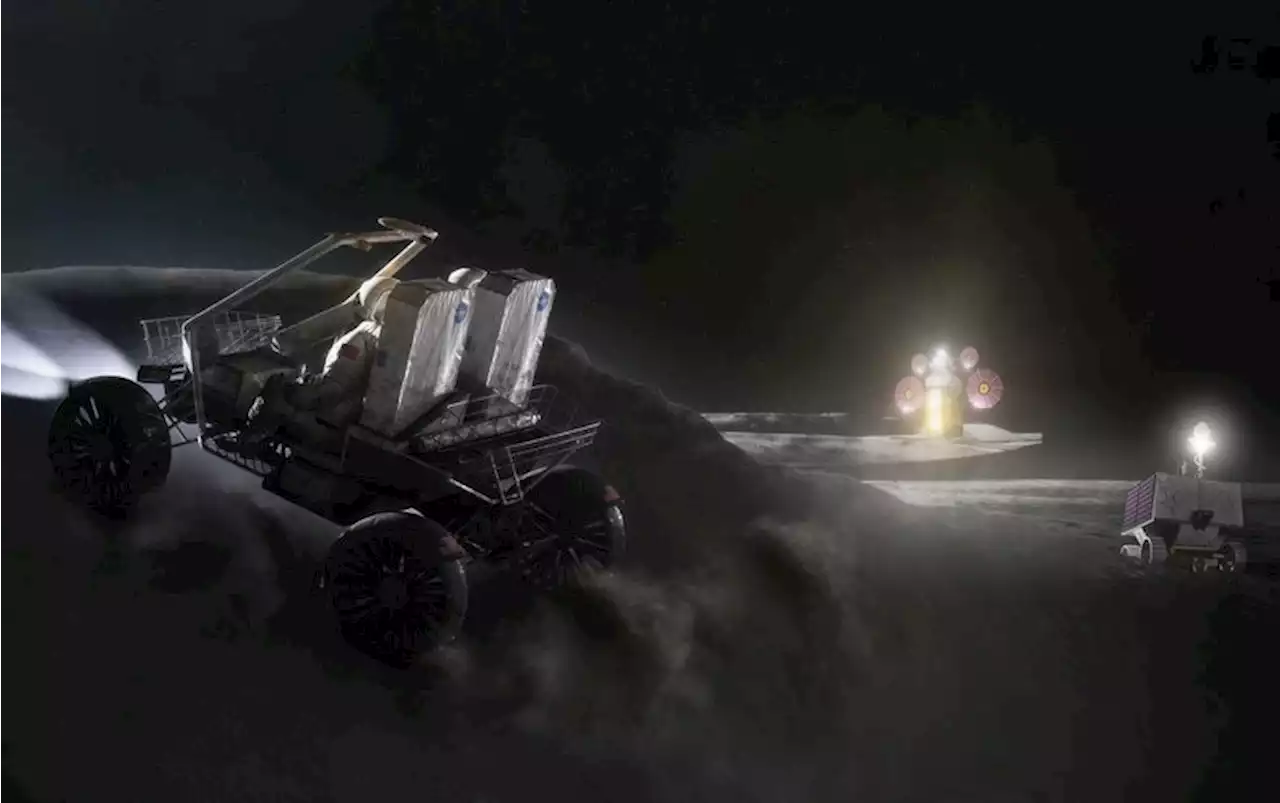Space agencies are partnering with car manufacturers to custom build new rovers—or retrofit commercial vehicles—for future missions to the moon and Mars.
Of the many “firsts” from NASA’s Apollo program of lunar exploration, one often overlooked is that the Apollo missions included the first—and so far only—times that humans have driven on another world. Presaging today’s eco-conscious market for carbon-neutral transportation, Apollo’s battery-powered lunar roving vehicles were all-electric as well.
In response to those challenges, space agencies are drawing on the deep experience of commercial automobile manufacturers to design durable rovers from scratch. At least two partnerships have sprung up to vie for NASA’s next lunar terrain vehicle: One between General Motors and Lockheed Martin was announced last May. And another between Northrop Grumman, AVL, Intuitive Machines, Lunar Outpost and Michelin launched last November.
Once deposited on either body, a vehicle would have to contend with unearthly extremes in temperature. Mars receives only about half as much of the sun’s warming radiance as Earth, and the Red Planet’s atmosphere is too tenuous to hold on to much heat, Niles says. Another hurdle that a vehicle must surmount in space is radiation. Earth’s atmosphere and magnetic field act as shields against high-energy particles ejected by the sun and cosmic rays, each of which can degrade materials and damage delicate electronics. But neither the moon nor Mars offers similar protections.
GM and Lockheed Martin’s bet is probably not all that risky, though: According to Hodgins, the Apollo missions generated up to a 700 percent return on investment for industry partners, based on technology that was developed for space and applied to Earth. These included pumps for artificial hearts and some of the flame-resistant materials used in firefighting suits.
United States Latest News, United States Headlines
Similar News:You can also read news stories similar to this one that we have collected from other news sources.
 NASA Space Probe Unexpectedly Glimpses The Surface of Venus in Stunning New FirstNew images recorded by NASA's Parker Solar Probe have revealed the red-hot glow of Venus's surface radiating through its shroud of toxic clouds – a finding that could help us better understand the minerals making up this rocky and mysterious planet
NASA Space Probe Unexpectedly Glimpses The Surface of Venus in Stunning New FirstNew images recorded by NASA's Parker Solar Probe have revealed the red-hot glow of Venus's surface radiating through its shroud of toxic clouds – a finding that could help us better understand the minerals making up this rocky and mysterious planet
Read more »
 Radical Idea Shows Laser Propulsion Could Rapidly Accelerate Trips to MarsNASA and China plan to mount crewed missions to Mars in the next decade. While this represents a tremendous leap in terms of space exploration, it also presents significant logistical and technological challenges.
Radical Idea Shows Laser Propulsion Could Rapidly Accelerate Trips to MarsNASA and China plan to mount crewed missions to Mars in the next decade. While this represents a tremendous leap in terms of space exploration, it also presents significant logistical and technological challenges.
Read more »
A year on Mars: How NASA’s Perseverance hit a geological jackpotThe rover collected exciting rock samples on the first leg of its epic journey. Next, it will turn towards an ancient river delta to look for past life.
Read more »
 NASA's InSight Mars lander bounces back from dust storm, but its days are numberedInSight may not be able to collect science data beyond this summer, thanks to long-term dust buildup on its solar panels.
NASA's InSight Mars lander bounces back from dust storm, but its days are numberedInSight may not be able to collect science data beyond this summer, thanks to long-term dust buildup on its solar panels.
Read more »
